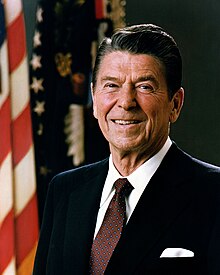 Economic growth fuels drop in global poverty
Economic growth fuels drop in global povertyHow did this happen? Presidents and prime ministers in the West have made grandiloquent speeches about making poverty history for fifty years. ... The impact of such [official governmental] initiatives has been marginal at best.
Almost all of the fall in the poverty rate should be attributed to economic growth. Fast-growing economies in the developing world have done most of the work. Between 1981 and 2001 China lifted 680m people out of poverty. Since 2000, the acceleration of growth in developing countries has cut the numbers in extreme poverty outside China by 280m. How that growth is distributed matters too. In a country where income inequality is high, each percentage point of GDP growth will do less work than the same growth would in a more equal place.
This is great news. Unfortunately, taking the remaining billion people above the threshold will be harder. The next country that should move millions of people across the line will be India, whose economy has slowed. Then it will be the turn of sub-Saharan Africa. By 2030 two-thirds of the poorest will be in fragile states like Congo and Somalia, where they will be hard for domestic governments or foreign agencies to help. Still, shifting people above the threshold that marks dire poverty has begun to look achievable within a generation.
It seems to me that this data is fairly supportive of the notion that future government initiatives (anywhere in the world) that are interested in “eliminating poverty” ought to be initiatives that favor economic growth rather than almost anything else that governments like to do.
Which, on balance, means laissez faire when it comes to business. Lower taxes. Fewer regulations.
But will governments anywhere pay attention to this sort of thing?
[Photo: the Ghost of Ronald Reagan.]

No comments:
Post a Comment